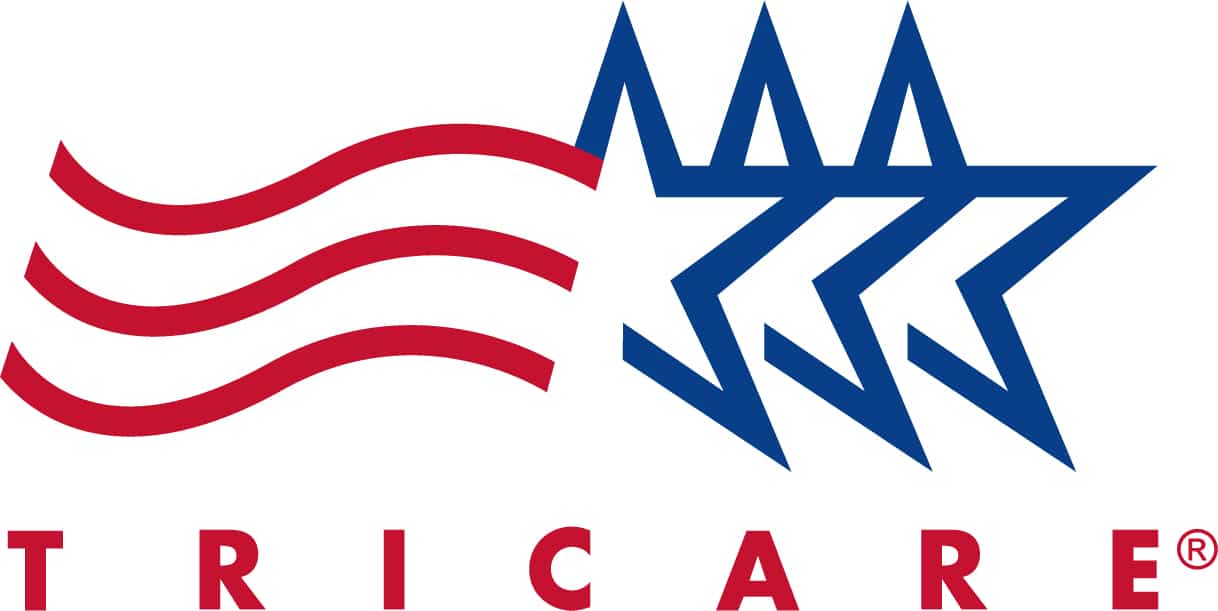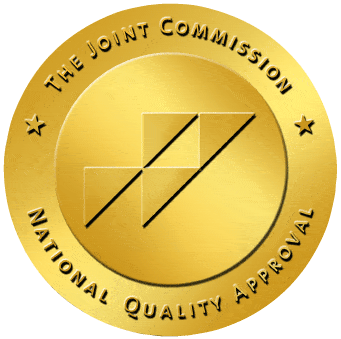Oxycodone and Oxycontin©:
Major Players in the Opioid Epidemic

Oxycodone and Oxycontin©:
Major Players in the Opioid Epidemic
Introduction
Much attention has been given to the drug Oxycontin and the epidemic of opioid addiction that arose in the United States after its release. Oxycontin is one version of the drug oxycodone, which has been prescribed by physicians for pain relief for many years.
How can a seemingly helpful pain reliever be the addictive, destructive drug that is the focus of so much attention? Oxycodone and Oxycontin have a unique history, and a variety of types, effects and side effects. There are treatment options for addiction to this powerful opioid medication.
What is Oxycodone?
Oxycodone (oxycodone hydrochloride) is a narcotic pain reliever that is used to treat moderate to severe pain. It is available in several forms, including liquid, tablet, capsule, extended-release tablets, and extended-release capsules.
Oxycodone is made from thebaine, which comes from the opium poppy. Because of this, Oxycodone is considered to be an opioid medication. It works by changing the way the brain and nervous system respond to pain. Oxycodone is available legally by prescription. It may be prescribed alone or in combination form with other pain relievers such as acetaminophen.
Types and Brand Names
Oxycodone is currently available in several formulas, including combination medications. Here is a list of the types of oxycodone that can be prescribed and the brand names associated with those formulas:
Oxycodone immediate release and extended-release:
- Oxycontin
- Xtampza ER
- Roxicodone
- Percolone
Oxycodone and aspirin combination:
- Percodan
- Endodan
- Percodan-Demi
- Roxiprin
Oxycodone and acetaminophen combination:
- Percocet
- Percocet 5/325
- Percocet 10/325
- Endocet
Oxycodone and ibuprofen combination:
- Combunox
Oxycodone and naloxone combination:
- Targiniq ER
Oxycodone and Naltrexone combination:
- Troxyca ER 1
History of Oxycodone
Oxycodone was first synthesized in Germany in 1916 as a part of the effort to find safer pain relief alternatives to heroin, opium, and morphine. It was introduced in the United States in 1939. Oxycodone was combined with aspirin in the 1950s and released under the brand name Percodan.
Doctors regularly prescribed this drug for moderate to severe pain, and it became readily available on the street. By 1960, the abuse of oxycodone was so prevalent that the United Nations Office on Drugs and Crime identified oxycodone as a dangerous drug as defined by the Dangerous Drugs Ordinance of 1960.2
Schedule II Classification
Abuse of oxycodone became an ongoing problem in the United States in the early 1960s and continued throughout the 1970s, prompting the Food and Drug Administration (FDA) to classify oxycodone as a Schedule II drug.
Percodan led to complications with blood clots in patients, so in the 1970s oxycodone was combined with acetaminophen and released under the brand name Percocet. Abuse of Percodan, Percocet, and other forms of oxycodone continued to be problematic but remained fairly steady until the 1990s.
FDA Approval
In 1995, the FDA approved the most familiar formulation of oxycodone, Oxycontin, produced by Perdue Pharma. This extended-release version of oxycodone was effective for up to 12 hours. Oxycontin quickly became a popular recreational drug due to the ease with which it could be obtained. While the extended pain relief effects may have been attractive to patients, studies showed that this was not the reason for the spike in use and abuse of the drug, as Oxycontin was similar in effectiveness to immediate-release oxycodone already available.
Oxycontin Promotion
The popularity of Oxycontin as a pain reliever had more to do with the aggressive marketing campaign conducted by Perdue Pharma between 1996 and 2001, in which the drug company targeted physicians who regularly prescribed opioids. Perdue Pharma promoted Oxycontin as a remedy for non-cancer related pain and downplayed its addictive properties. This marketing campaign resulted in a steady increase in Oxycontin prescriptions, with over 14 billion prescriptions dispensed in 2001 and 2002. 3
FDA Cracks Down on Misleading Marketing
About the same time, the Food and Drug Administration (FDA) began examining and tightening up its regulations regarding opioid use in the United States. In 2003, the FDA issued a letter to Purdue Pharma warning the company against its misleading marketing practices that minimized the addictive properties of Oxycontin.4
More recent actions include requiring drug companies to provide physicians with educational materials on safe prescribing practices for extended-release opioids, mandated label changes to include safe prescribing practices, risks and alternatives, and more studies to determine the long-term risks of prolonged use of extended-release opioids.
The FDA also approved a reformulated version of Oxycontin in 2010. This version contained abuse-deterrent properties. In the two years following the release of the reformulated Oxycontin, the National Poison Data System reported a 25% decline in oxycodone related incidents. 5 Individual states have taken additional steps to regulate oxycodone and other opioids in recent years, passing legislation limiting the number of pills that physicians can prescribe for acute pain following surgery or injury. Over two dozen states have now passed such legislation.6
Use and Abuse
Uses and Rates of Use
Oxycodone is used to treat moderate to severe pain, especially long-term pain. It is usually prescribed when other pain relievers have not been effective, and when pain control is needed all the time for an extended period. Oxycodone may be prescribed to treat bursts of shooting pain, steady pain, overly sensitive pain responses called allodynia, chronic pain, and cancer-related pain.7
Oxycodone in all its variations is commonly prescribed in the United States, but thanks to the FDA crackdown on misleading marketing practices, prescription rates have dropped since 2002. According to IMS Health, 60.1 million oxycodone prescriptions were dispensed in 2016, 55.2 million in 2017, and 22 million in the first half of 2018.8
Misuse and Abuse
People who misuse oxycodone find its euphoric properties attractive, as well as its numbing effects. Oxycodone, like other opioids, increases the levels of dopamine in the brain, leading to stimulation of neurons that affect pleasure centers. 9 Oxycodone has also been identified as effective in relieving withdrawal symptoms from chronic opioid use, so street users of heroin and morphine often use oxycodone for this purpose.
Abuse of oxycodone has decreased since its peak during the early and mid-2000s. This decline can be partially attributed to the abuse-deterrent properties in reformulated Oxycontin. Another reason for the decline in abuse in some states are the limits placed on the number of pills that can be dispensed to patients for acute pain. Oxycodone remains the second most popular opioid pain reliever abused, second only to hydrocodone.
Side Effects
The common side effects of oxycodone use include the following:
- Nausea
- Constipation
- Dry mouth
- Headache
- Stomach pain
- Sleepiness
- Dizziness
- Loss of appetite
- Itching
Oxycodone is addictive, so stopping use of oxycodone will result in withdrawal symptoms, such as:
- Nausea and vomiting
- Diarrhea
- Coughing
- Runny nose
- Depression
- Anxiety
- Body aches
If a person takes too much oxycodone, overdose can happen. The symptoms of oxycodone overdose include:
- Drowsiness
- Muscle weakness
- Cold, clammy skin
- Changes in the width of the pupils
- Loss of consciousness
- Seizures
- Increased pressure of cerebrospinal fluid in the brain and spinal cord
- Slowed or stopped breathing
- Heart failure
People with symptoms of oxycodone overdose should receive emergency medical attention immediately. The risk of overdose is particularly high when crushed Oxycontin tablets are ingested. 10 Overdose is less likely if a person is taking oxycodone for a legitimate medical condition under the care of a physician.
Treatment for Oxycodone Addiction
Behavioral treatments help to change the patterns of thinking and behaviors associated with drug use. Both inpatient or outpatient treatment programs are available. People seeking treatment for oxycodone addiction should follow the advice of their physicians when making decisions regarding treatment programs. Techniques used during behavioral treatment include:
Behavioral Treatments
Behavioral treatments help to change the patterns of thinking and behaviors associated with drug use. Both inpatient or outpatient treatment programs are available. People seeking treatment for oxycodone addiction should follow the advice of their physicians when making decisions regarding treatment programs. Techniques used during behavioral treatment include:
Cognitive Behavioral Therapy: This type of treatment helps a person identify negative ways of thinking that lead to drug use and gives the person strategies to help develop more positive ways of thinking.
Marital and Family Counseling: Helps to repair relationships between the person and family members. Any family members close to the person are included in this type of treatment.
Contingency Management: Uses a system of rewards for abstaining from drug use. Often a voucher system is used that allows patients to earn prizes or incentives. An outpatient version of this type of treatment is called the Community Reinforcement Approach, which uses a voucher system to help patients change to a lifestyle that does not include drug use.11
Recovery from Oxycodone Addiction
Thanks to the efforts of researchers, the FDA, and the medical community, opioid use in the United States is becoming more managed and regulated. People who use oxycodone for pain relief are now able to use the drug safely with proper medical management.
Those who do struggle with oxycodone addiction now have viable options for treatment. If you know someone who has become addicted to Oxycontin or another oxycodone medication, please encourage them to seek help immediately.
Resources
- “Oxycodone – Brand Name List from Drugs.com.” Drugs.com, 1 Aug. 2019
- “Oxycodone.” CESAR, Center for Substance Abuse Research, 29 Oct. 2013, http://www.cesar.umd.edu/cesar/drugs/oxycodone.asp
- Van Zee, Art. “The Promotion and Marketing of Oxycontin: Commercial Triumph, Public Health Tragedy.” American Journal of Public Health, American Public Health Association, Feb. 2009
- Center for Drug Evaluation and Research. “Opioid Timeline.” U.S. Food and Drug Administration, FDA, 30 May 2019
- Reisfield, Gary M. “OxyContin, the FDA, and Drug Control.” Journal of Ethics | American Medical Association, American Medical Association, 1 Apr. 2014
- “What New Opioid Laws Mean for Pain Relief.” Harvard Health Publishing, Harvard Medical School, Oct. 2018
- Burgess, Lana. “Oxycodone: Uses, Dosage, Risks, Addiction, and Interactions.” Medical News Today, MediLexicon International, 4 Jan. 2019
- National Survey on Drug Use and Health, Substance Abuse and Mental Health Services Administration, 2015, 2016, 2017, 2018
- “Oxycodone.” CESAR, Center for Substance Abuse Research, 29 Oct. 2013, http://www.cesar.umd.edu/cesar/drugs/oxycodone.asp
- “Community Reinforcement Approach Plus Vouchers (Alcohol, Cocaine, Opioids).” Principles of Drug Addiction Treatment: A Research-Based Guide (Third Edition), National Institute on Drug Abuse, Jan. 2018
- “Oxycodone.” CESAR, Center for Substance Abuse Research, 29 Oct. 2013, http://www.cesar.umd.edu/cesar/drugs/oxycodone.asp














